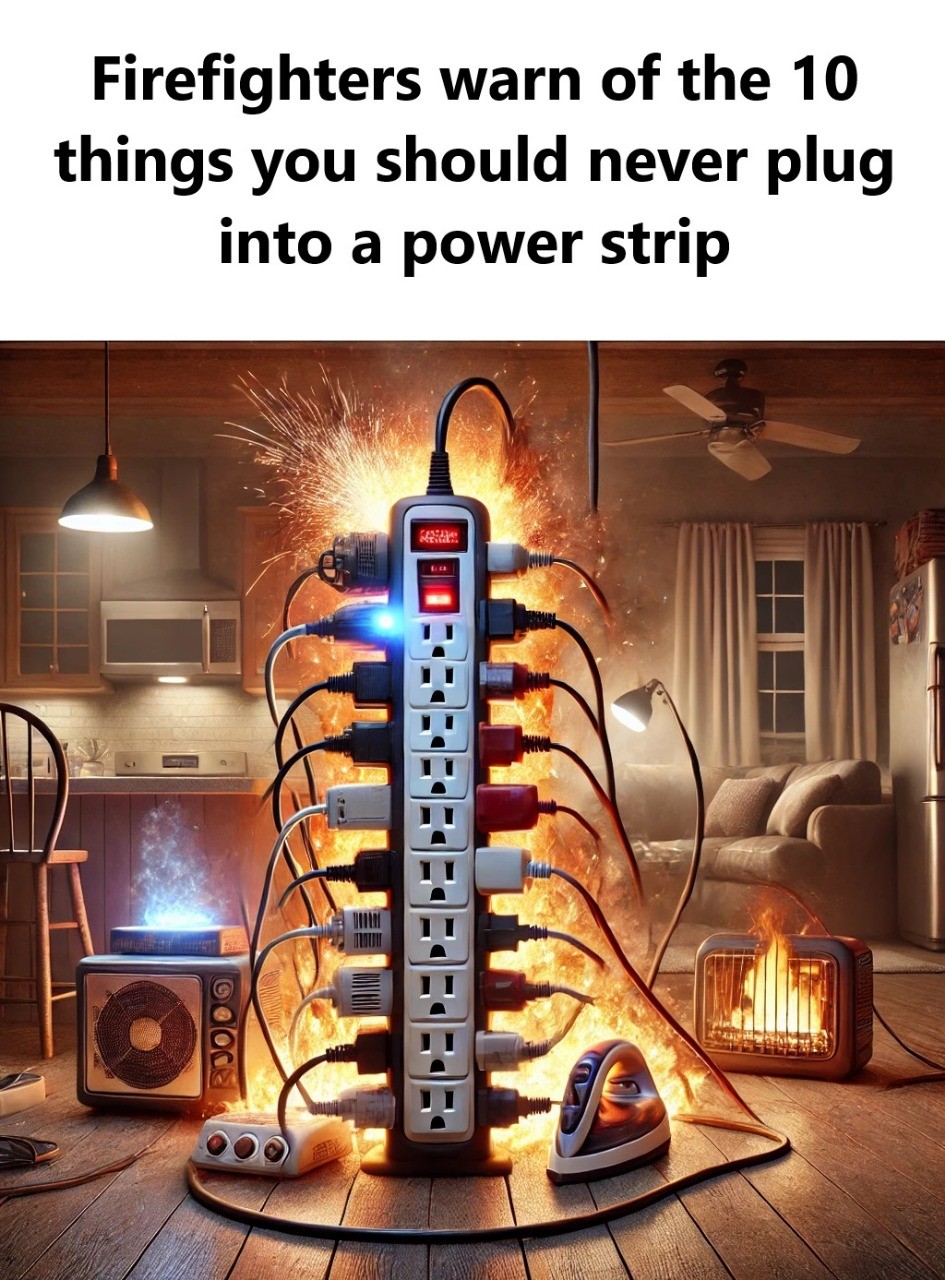Understanding the Hazards of Plugging in Refrigerators and Freezers
Refrigerators and freezers are designed to run continuously and draw a significant amount of power. Plugging these appliances into a power strip can cause the strip to overheat and fail, potentially leading to food spoilage and fire hazards. These appliances should always be plugged directly into a dedicated wall outlet.
The Problem with Plugging in Air Conditioners
Air conditioners, especially portable units, require a substantial amount of power to operate. Using a power strip for an air conditioner can easily exceed the strip’s capacity, leading to overheating and potential fire risks. It’s best to use a dedicated wall outlet for air conditioners.
Why Power Tools Should Be Avoided on Power Strips
Power tools, such as drills and saws, can draw a large amount of current, especially when starting up. Plugging these into a power strip can cause the strip to overheat and potentially fail. For safety, power tools should be used with a dedicated wall outlet or a heavy-duty extension cord rated for the tool’s power requirements.
The Issue with Plugging in Hair Styling Tools
Hair styling tools like hairdryers and straighteners draw a lot of power and can quickly overload a power strip. These devices should be plugged directly into a wall outlet to prevent overheating and reduce the risk of fire.
The Dangers of Using Power Strips for Medical Equipment
Medical equipment, such as CPAP machines and oxygen concentrators, is critical for health and safety. Using a power strip for these devices can introduce risks of power failure or fire. It’s essential to plug medical equipment directly into a wall outlet to ensure reliable operation.
The Hazards of Plugging in Overloaded Chargers
Many people use power strips to charge multiple devices simultaneously. However, overloading a power strip with chargers can lead to overheating and potential fire hazards. It’s important to monitor the total load and ensure it doesn’t exceed the power strip’s capacity.
The Risks of Using Power Strips Outdoors
Power strips are generally not designed for outdoor use unless specifically rated for it. Using a regular power strip outdoors exposes it to moisture and weather conditions, increasing the risk of electrical shock and fire. Always use outdoor-rated power strips for any outdoor applications.
Conclusion: Ensuring Safe Use of Power Strips
Power strips are a convenient tool for managing multiple devices, but they must be used with caution. By understanding the limitations of power strips and following safety guidelines, you can prevent electrical hazards and ensure the safety of your home. Always be mindful of the devices you plug into a power strip, and when in doubt, consult the manufacturer’s instructions or a professional electrician.

